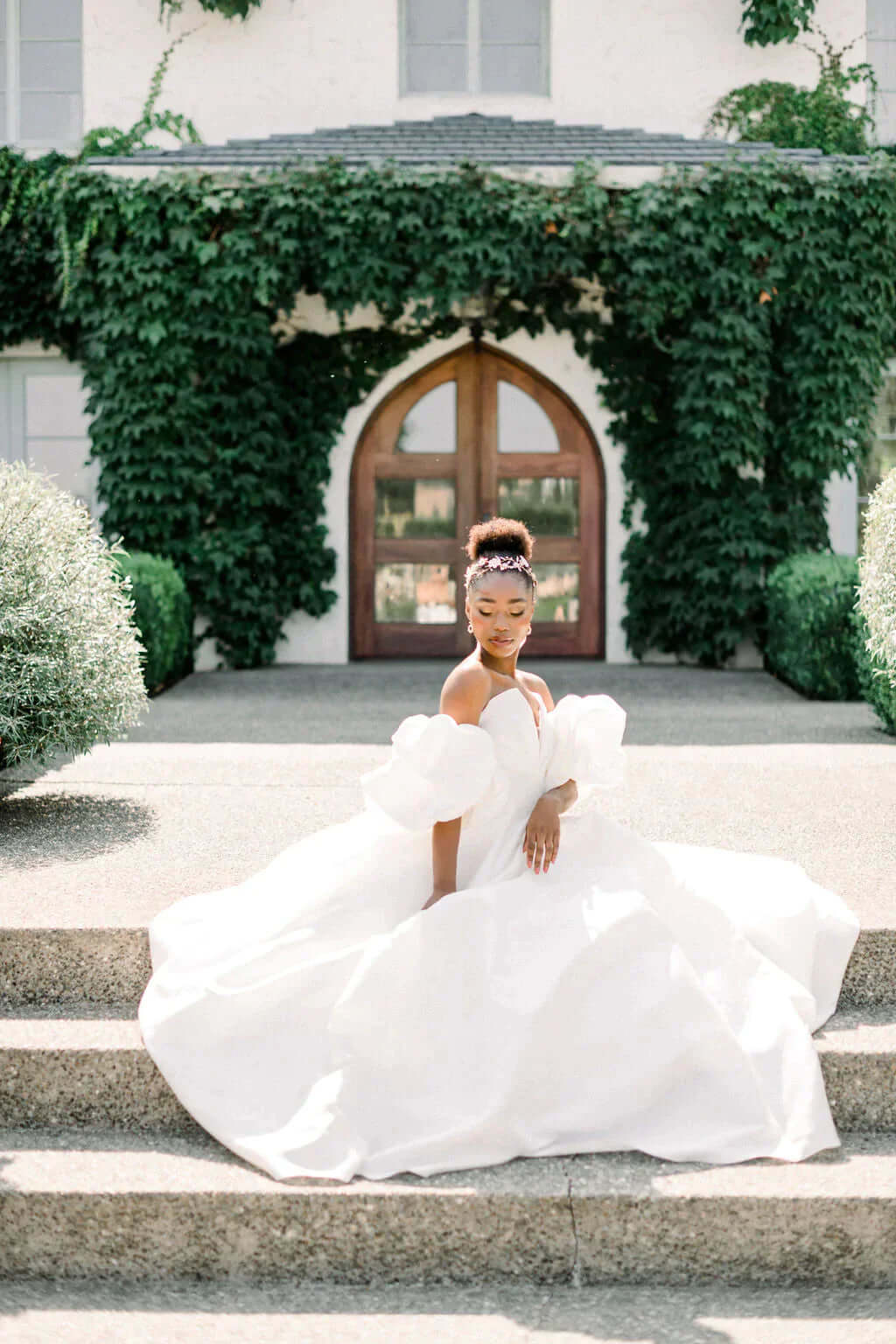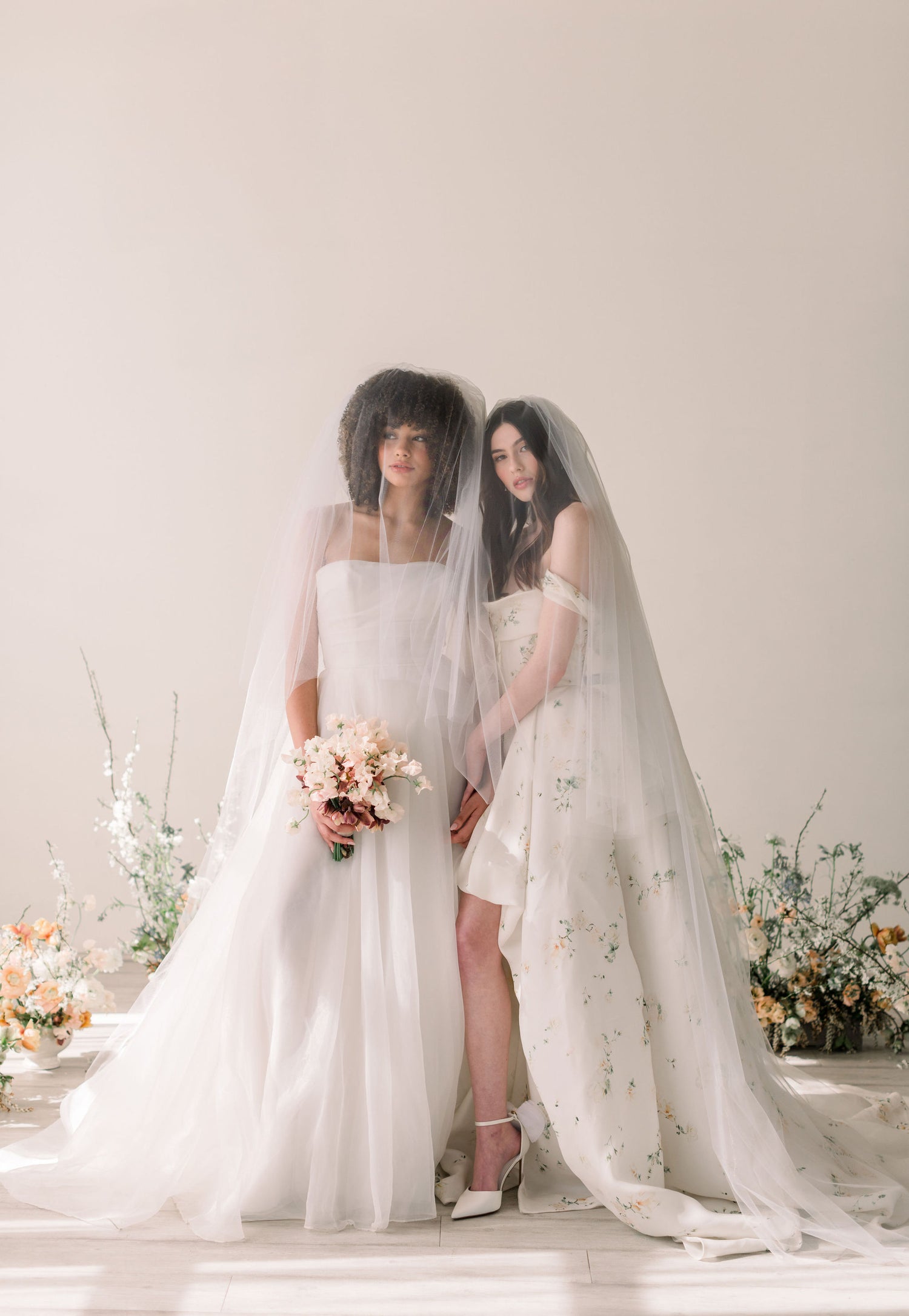
Wedding headpiece traditions and their meanings
Wedding headpieces have been a part of bridal attire for centuries, with each culture and time period having its own unique traditions and meanings associated with them. From tiaras and veils to flower crowns and hair combs, there are so many options to choose from when it comes to finding the perfect wedding headpiece.
In Western cultures, the veil is perhaps the most well-known wedding headpiece, with origins dating back to ancient Rome. Veils symbolize purity and modesty, and have evolved over the years to include various lengths, styles, and materials. In some cultures, the veil is worn as a sign of respect for the groom and his family, while in others it is seen as a way to ward off evil spirits.
Tiaras, on the other hand, are often associated with royalty and are a popular choice for brides looking to add a touch of glamour and elegance to their wedding day look. Traditionally, tiaras were made from precious metals and adorned with diamonds and other precious stones, but today they can be found in a wide range of materials, from crystals and pearls to silk flowers and lace.
Flower crowns, a more bohemian-inspired option, are a popular choice for outdoor or garden weddings. These headpieces are made from a variety of fresh or artificial flowers and are often worn as a symbol of love and fertility.
Hair combs and pins, another versatile option, can be worn in a variety of hairstyles and are a great choice for brides who want to add a touch of sparkle or detail to their look without the weight of a larger headpiece.
No matter what wedding headpiece you choose, it's important to consider the overall theme and style of your wedding, as well as your personal preferences and comfort level. Whether you opt for a traditional veil or a more unique and playful option, the right wedding headpiece can help complete your bridal look and add a special touch to your big day.

